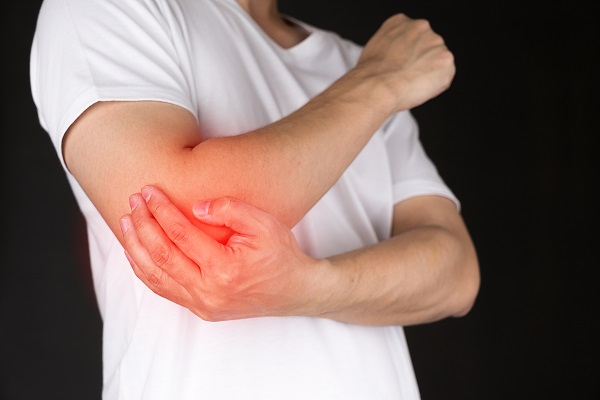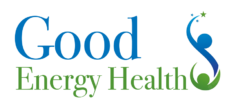
Tennis elbow, clinically referred to as lateral epicondylitis, is an ailment characterised by discomfort in the outer area of the elbow. This condition frequently impacts individuals involved in tasks applying repetitive arm, elbow, and wrist motions. Contrary to its name, tennis elbow does not only happen to tennis players.
Discover more about tennis elbow, allowing individuals to properly avoid or get suitable tennis elbow treatment.
Causes of Tennis Elbow
The primary cause of tennis elbow is overuse and muscle strain. The repeated motions and stress on the tendons that attach to the lateral epicondyle can lead to tiny tears and inflammation. These tendons connect the muscles of the forearm to the outer elbow and are involved in extending the wrist and fingers.
Common Causes Include:
- Repetitive Motions: Activities that involve repetitive wrist and arm motions, such as tennis, squash, and badminton, can strain the tendons.
- Occupational Hazards: Jobs that involve repetitive hand movements, such as painting, carpentry, and plumbing, increase the risk.
- Poor Technique: Improper form in sports or while performing repetitive tasks can put additional strain on the tendons.
Symptoms of Tennis Elbow
Symptoms usually develop gradually. Typically, the discomfort starts as mild and gradually intensifies over weeks and months. There is rarely a specific injury associated with the onset of tennis elbow.
Key Symptoms to Watch For:
- Pain and Tenderness: Pain is felt outside the elbow and can extend down the forearm.
- Weakness: Affected individuals often experience weakness in the forearm, particularly when gripping objects.
- Stiffness: The elbow may feel stiff, and there may be pain when extending the arm.
- Burning Sensation: Some people report a burning sensation on the outer part of the elbow.
Risk Factors for Tennis Elbow
Several risk factors raise the likelihood of developing tennis elbow. Understanding these can help in both prevention and early intervention.
Primary Risk Factors:
- Age: Tennis elbow is typical in adults between the ages of 30 and 50.
- Occupation: Jobs that involve repetitive wrist and arm motions are a significant risk factor. These occupations include plumbers, painters, butchers, and cooks.
- Sports Participation: Athletes, particularly those involved in racket sports, are at higher risk due to the repetitive nature of the sport.
- Poor Equipment: Using sports equipment or tools that are too heavy or the wrong size can raise strain on the tendons.
Tennis Elbow Treatment

Tennis elbow treatment involves a combination of self-care measures, medical treatment, and, in some cases, surgical intervention. The treatment is conducted to reduce pain, promote healing, and prevent recurrence.
Common Treatments Include:
- Rest: Avoiding activities that worsen the pain is necessary for recovery.
- Ice Therapy: Applying ice packs to the affected area can reduce pain and swelling.
- Physical Therapy: Specific exercises can strengthen the forearm muscles and enhance flexibility.
- Medications: Nonsteroidal anti-inflammatory drugs (NSAIDs) can help reduce pain and inflammation.
- Bracing: A brace or splint can support the elbow and reduce strain on the tendons.
- Steroid Injections: In some cases, corticosteroid injections may be administered to reduce inflammation.
- Extracorporeal Shock Wave Therapy: This non-invasive treatment involves using sound waves to promote healing of the tendons.
- Surgery: Surgical intervention may be considered for severe cases that do not respond to other treatments. This surgery typically involves removing the damaged tendon tissue and reattaching a healthy tendon.
Managing Elbow Pain in Singapore
Some elbow pain experienced by individuals in Singapore is not necessarily tennis elbow. For those experiencing elbow pain, numerous clinics and specialists offer tailored treatments. It’s necessary to seek professional medical advice to determine the suitable course of action based on the severity of the pain.
Resources in Singapore:
- Specialised Clinics: Singapore has several clinics specialising in sports injuries or orthopaedic conditions, providing comprehensive care for elbow pain.
- Rehabilitation Centers: Numerous rehabilitation centres offer physical therapy and rehabilitation services to aid recovery.
Conclusion
Tennis elbow arises from repetitive stress and strain on elbow tendons. Identifying this condition’s causes, symptoms, and risk factors is necessary to intervene early and provide suitable treatment. From self-care measures to medical treatments, there surely are various treatment options that can help manage and relieve elbow pain.
Visit Auspicium Orthopaedic Centre and let us help you regain pain-free movement and strength in your elbow.

